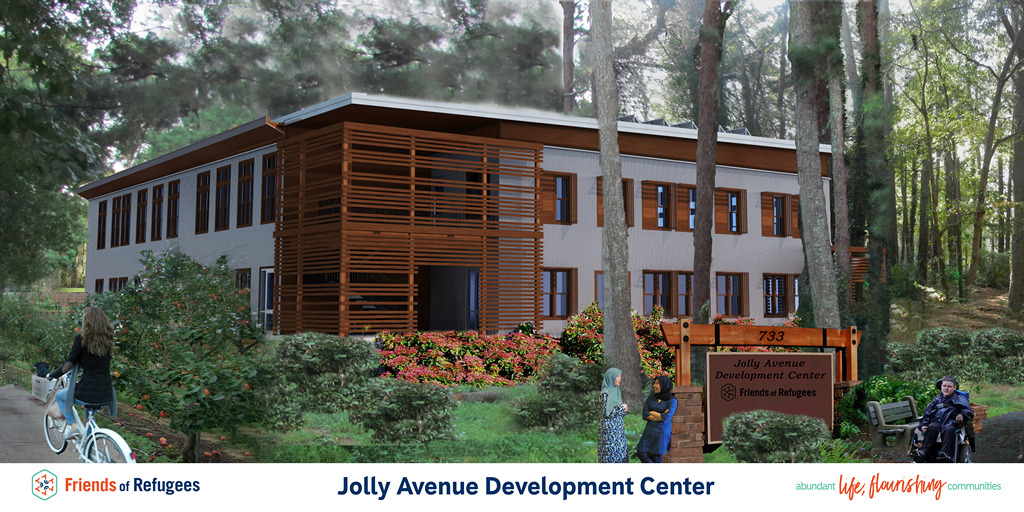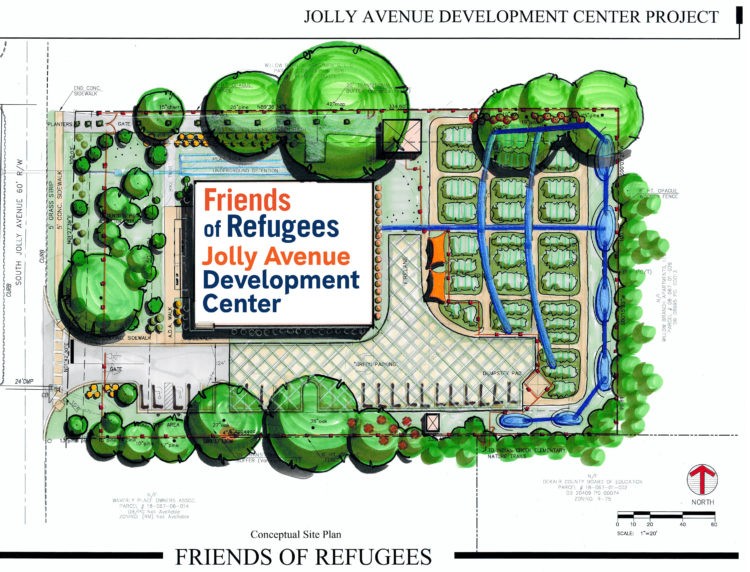In Clarkston, Georgia, a small town proves that one area can be home to a variety of people from all over the world. In the 1990s, refugees from over 150 different ethnic groups moved to the small town located just outside of Atlanta. Around 60,000 refugees have called Clarkston home during their journeys to begin life in America.
Friends of Refugees was started in 1995 by Pat Maddox, a resident of Clarkston who now serves as a volunteer and Board advisor. Friends of Refugees became a non-profit organization in 2005. The current executive director is Brian Bollinger.
Bollinger first served as a volunteer with Friends of Refugees 14 years ago while he was on spring break in college. He stayed with a newly resettled family, and during that time, learned a lot about the process of refugee resettlement.
Friends of Refugees has several projects including a career hub, a community garden, a family literacy program, youth programs, and a program to help expectant and new mothers who are refugees. Currently, Friends of Refugees is building the Jolly Avenue Development Center.

“The idea arose from Friends of Refugees realizing one of the greatest constraints to being good stewards of our mission was the lack of space in which to operate,” Bollinger said. “More specifically, space that was walkable to the community. This property here is so strategically located in the center of the community. We knew that this was the right place for this effort, but
we needed to really listen to the community and listen to the neighborhood to figure out exactly what it would look like to do it right. So that sort of began our community listening process that resulted in the space that we are building.”

A big feature of JADC is that its goal is to be a net-zero facility. A net-zero building is a building that’s total amount of energy used on an annual basis is equal to the amount of renewable energy created by the building.
“We believe that creating a building like this, that is effectively a net-zero energy facility for the same price per square foot as a standard building, is possibly our real innovation,” Bollinger said. “Real innovation is to say the green buildings do not have to have a cost premium. And fundamentally, that is the excellence that God has required. When we build a building in this way, we’re being better stewards, but we’re also changing the story of how buildings are built.”
When starting the plans for this project, community members played a large role in helping determine what was needed in the space. One such member was Elizabeth.
Elizabeth originally came from Burma, but she is of Korean heritage. She settled into the apartment complex next to the community garden, of which she is a founding member. She was working at a chicken factory, and during that time, she saved up around $1,000 to donate to help build the center, specifically a place of worship in the center.
“It was just such an incredible example to me of someone having survived unspeakable violence in their home,” Bollinger said. “She had gotten a new beginning, and to see her go from a newcomer to a leader to one who is giving back in this way, I mean just blew me away. It was just such a great example that at the end of the day our vision is to build a flourishing community.”
Bollinger said that they are in the process of finalizing a permit to demolish an old building on the property. After that is done, they can begin to apply for permits to build and finalize plans. The hope is to be done with the project in a littler over a year.

